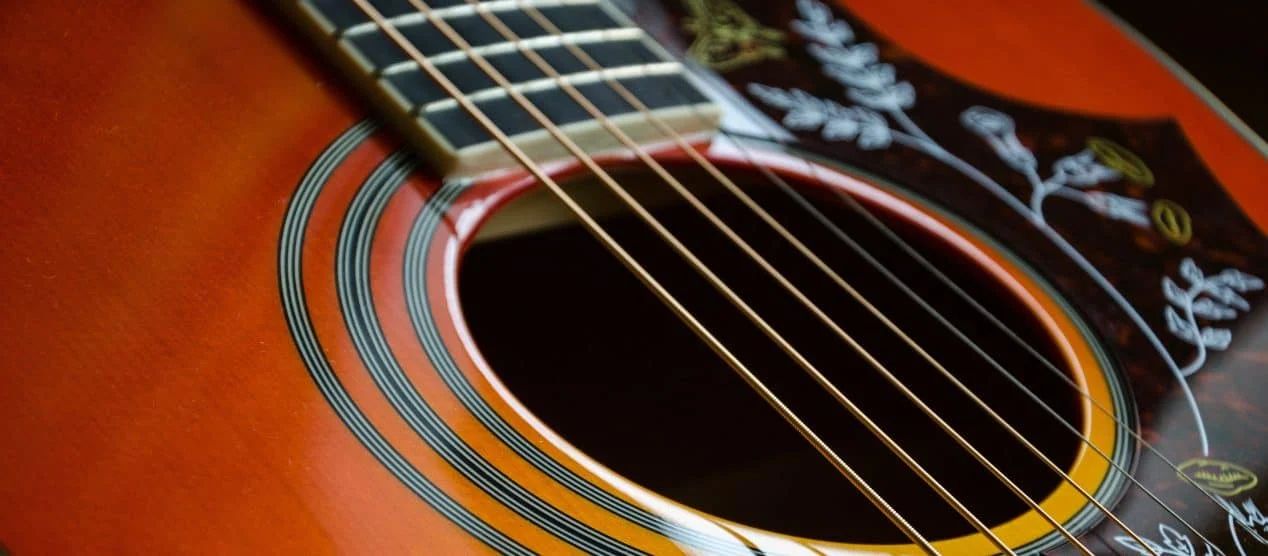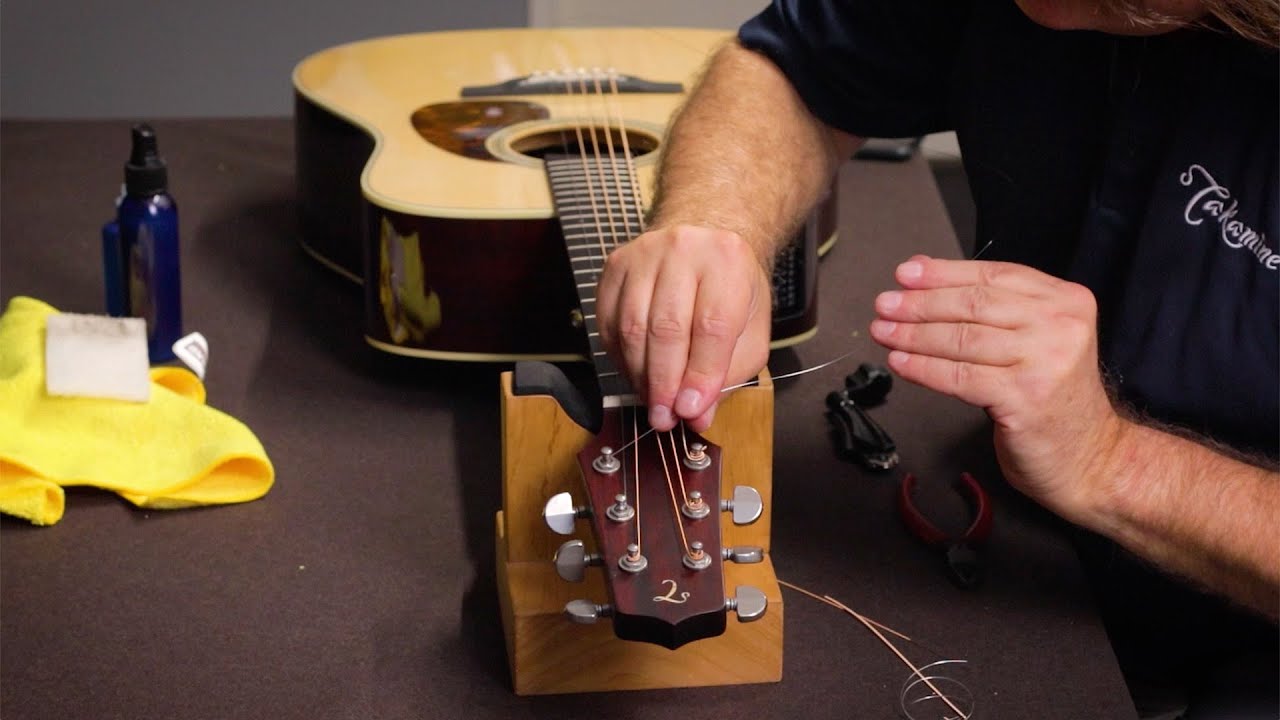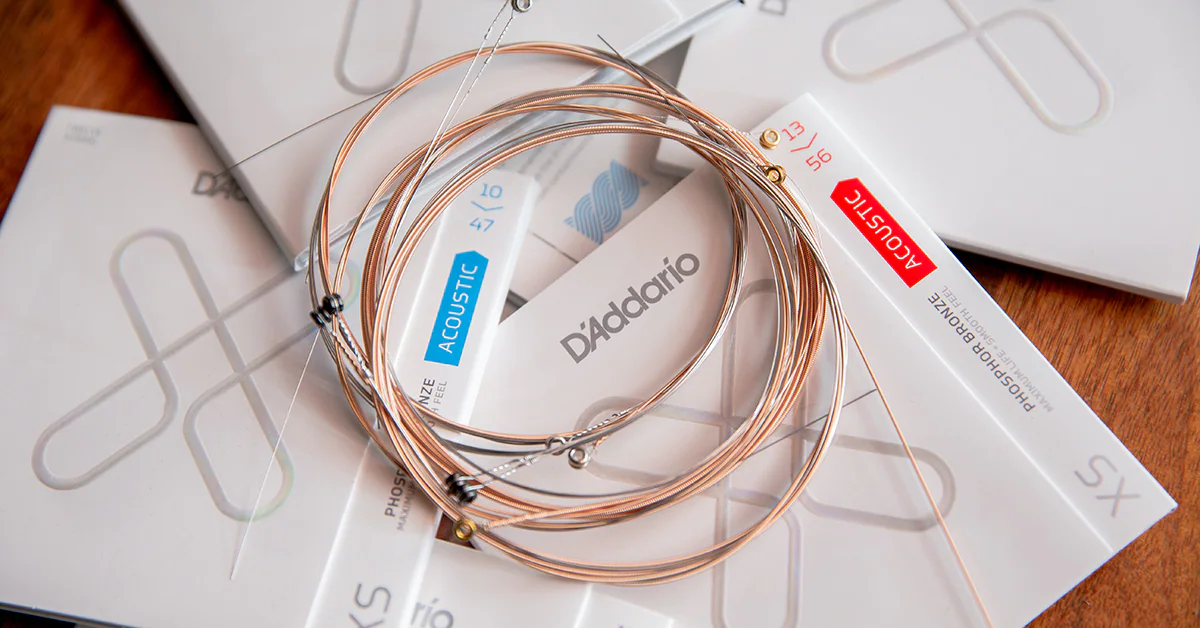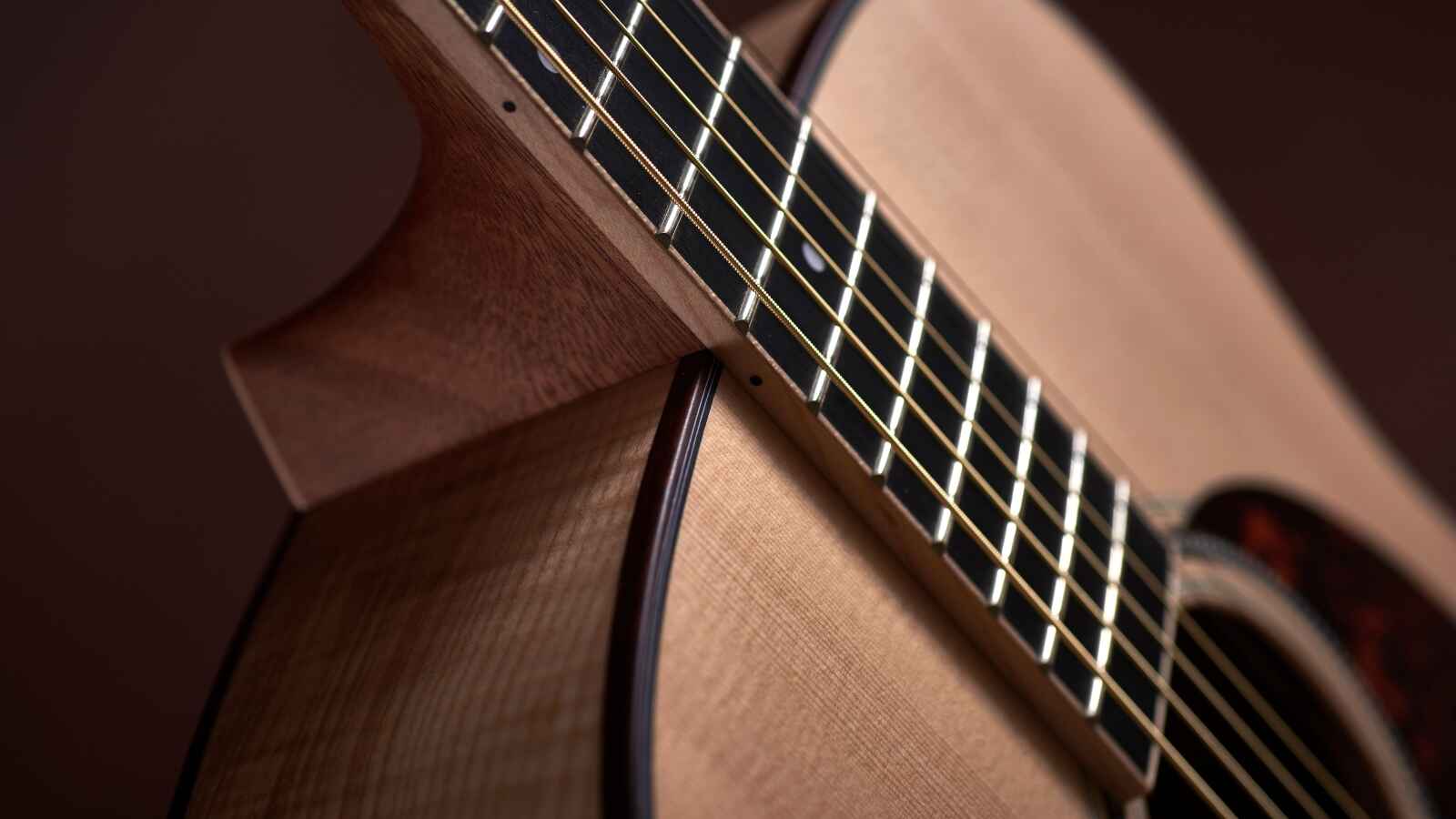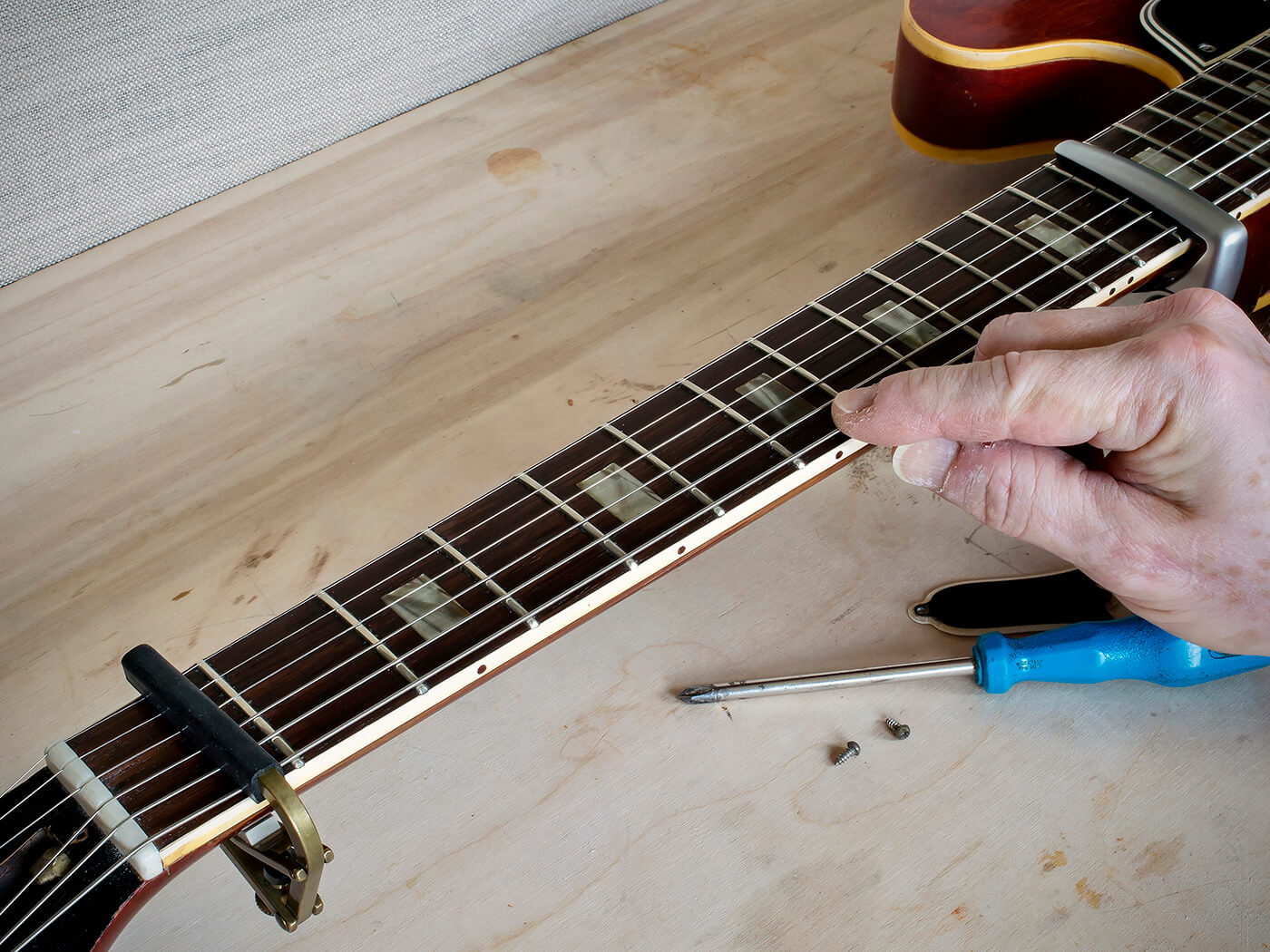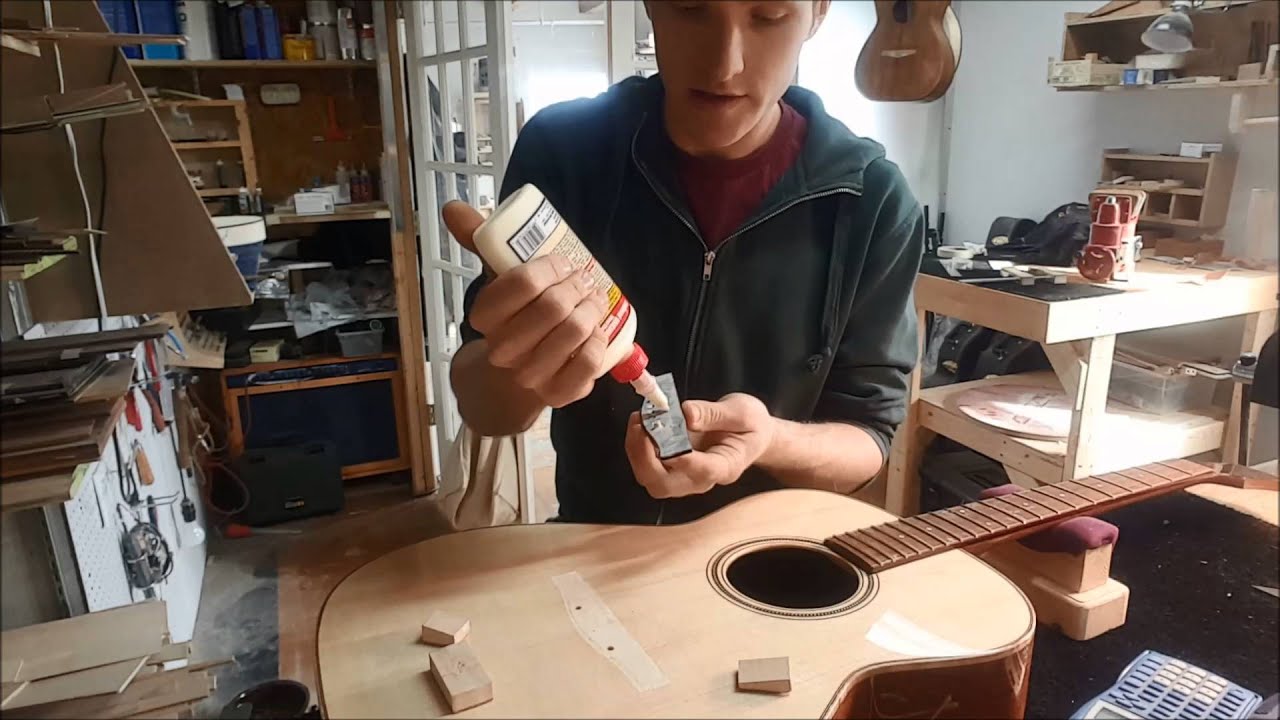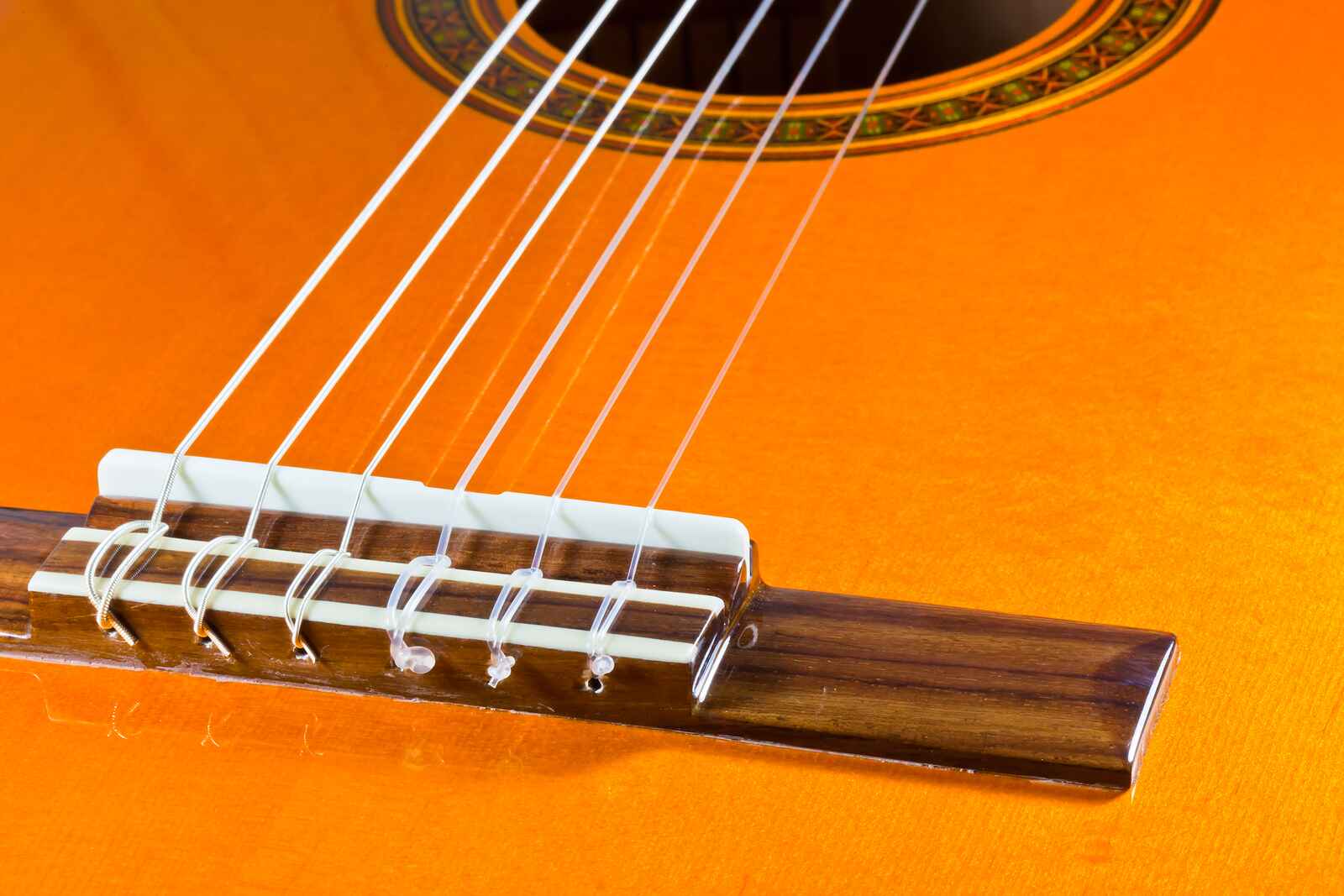Introduction
Introduction
Acoustic guitars are beloved for their warm, resonant tones and versatile playability. At the heart of their melodic charm are the humble yet crucial components known as guitar strings. These thin, metallic strands are responsible for producing the captivating sounds that emanate from the instrument, making them an integral part of any guitarist’s toolkit. However, like all components subject to wear and tear, acoustic guitar strings are not immune to the passage of time. Understanding the lifespan of these strings is essential for maintaining the instrument’s optimal performance and ensuring a consistent, high-quality sound.
Whether you’re a seasoned guitarist or a novice enthusiast, knowing how long acoustic guitar strings last can help you anticipate when they may need to be replaced. By exploring the various factors that influence string longevity and recognizing the telltale signs of worn-out strings, you can proactively address potential issues and prolong the life of your guitar strings. Additionally, implementing effective maintenance practices and adopting suitable playing techniques can significantly extend the lifespan of your strings, ultimately enhancing your playing experience and preserving the instrument’s sonic integrity.
In this comprehensive guide, we will delve into the factors that affect the longevity of acoustic guitar strings, identify the indicators of worn-out strings, and provide practical tips for extending their lifespan. By the end of this article, you will have a thorough understanding of how to optimize the longevity of your acoustic guitar strings, allowing you to elevate your musical performances and derive enduring pleasure from your instrument.
Factors Affecting String Longevity
Several key factors influence the longevity of acoustic guitar strings, shaping their durability and overall performance. By familiarizing yourself with these determinants, you can gain valuable insights into how to maintain your strings and maximize their lifespan.
- Frequency of Use: The frequency with which you play your acoustic guitar directly impacts the lifespan of its strings. Regular and prolonged playing sessions can expedite the wear and tear of the strings, causing them to lose their tonal clarity and responsiveness over time. Conversely, infrequent use may lead to oxidation and corrosion, diminishing the strings’ integrity and playability.
- Playing Style: Your playing style and technique significantly affect the wear patterns of the strings. Aggressive strumming, heavy picking, and vigorous bending exert greater stress on the strings, accelerating their deterioration. Conversely, a gentler and more controlled approach to playing can mitigate excessive strain on the strings, prolonging their lifespan and preserving their tonal characteristics.
- Environmental Conditions: The environmental conditions to which your acoustic guitar is exposed play a pivotal role in determining the longevity of its strings. Factors such as humidity, temperature fluctuations, and exposure to airborne contaminants can contribute to corrosion, rust, and premature aging of the strings. Proper storage and maintenance, including the use of a humidifier and regular cleaning, can mitigate the detrimental effects of environmental factors on string longevity.
- String Material and Quality: The composition and quality of the strings themselves are paramount in determining their lifespan. Different materials, such as bronze, phosphor bronze, and coated strings, exhibit varying degrees of resilience and durability. Additionally, the manufacturing quality and craftsmanship of the strings influence their resistance to corrosion, breakage, and tonal degradation over time.
- Instrument Maintenance: The maintenance and care practices applied to your acoustic guitar directly impact the longevity of its strings. Regular cleaning, fretboard conditioning, and proper tuning not only enhance the playability and tone of the strings but also contribute to their sustained durability. Neglecting these maintenance routines can expedite string deterioration and compromise the overall performance of the instrument.
By understanding and addressing these factors, you can proactively safeguard the longevity of your acoustic guitar strings, ensuring that they deliver consistent tonal richness and responsiveness throughout their lifespan.
Signs of Worn-Out Strings
Recognizing the signs of worn-out strings is essential for maintaining the optimal playability and tonal quality of your acoustic guitar. By identifying these indicators, you can promptly address any issues and replace the strings as needed, thereby preserving the instrument’s sonic integrity and enhancing your playing experience.
- Tonal Dullness: One of the primary indicators of worn-out strings is a noticeable loss of tonal clarity and resonance. As strings age, their ability to produce vibrant, rich tones diminishes, resulting in a dull and lackluster sound. If you observe a perceptible decline in the brightness and depth of your guitar’s tones, it may be indicative of worn-out strings that require replacement.
- Intonation Issues: Worn-out strings can manifest intonation problems, leading to inconsistencies in pitch and tuning stability across the fretboard. If you encounter persistent tuning discrepancies or notice that certain notes sound out of tune despite proper tuning, it may signify that the strings have surpassed their optimal lifespan and are affecting the instrument’s intonation.
- Visible Wear and Corrosion: Physical inspection of the strings can reveal telltale signs of wear, corrosion, and oxidation. Look for visible discoloration, rust, or rough spots along the length of the strings, particularly around the frets and bridge. These visual cues indicate that the strings have deteriorated and are no longer capable of delivering the desired performance.
- Reduced Sustain and Resonance: Worn-out strings often exhibit diminished sustain and resonance, causing notes to decay more rapidly and lacking the sustained vibrancy characteristic of fresh strings. If you notice a significant reduction in sustain and resonance, particularly during sustained notes and chords, it may signify that the strings have reached the end of their effective lifespan.
- Inconsistent Playability: As strings wear out, their playability and tactile response may become erratic and unpredictable. You may experience uneven string tension, increased fret buzz, or a lack of responsiveness, making it challenging to execute techniques and achieve consistent performance. These inconsistencies are indicative of worn-out strings that necessitate replacement.
By remaining vigilant for these signs of worn-out strings, you can proactively address any decline in performance and ensure that your acoustic guitar maintains its optimal playability and tonal excellence. Regularly inspecting and assessing the condition of the strings will enable you to take timely action and uphold the instrument’s sonic integrity.
How to Extend String Life
Proactively extending the life of your acoustic guitar strings is achievable through a combination of effective maintenance practices, thoughtful playing techniques, and strategic care. By implementing the following measures, you can optimize the longevity of your strings and ensure that they consistently deliver exceptional tonal quality and playability.
- Regular Cleaning and Maintenance: Routinely cleaning your strings after each playing session can prevent the accumulation of dirt, oils, and debris that contribute to premature wear and corrosion. Utilize a soft, lint-free cloth to wipe down the strings and remove any residue, ensuring that they remain free from contaminants that can degrade their integrity.
- Proper Storage and Humidity Control: Storing your acoustic guitar in a suitable environment, away from extreme temperatures and fluctuations in humidity, can mitigate the adverse effects of environmental factors on string longevity. Consider using a guitar humidifier to maintain optimal humidity levels, preventing the strings from succumbing to rust, oxidation, and structural compromise.
- Appropriate Playing Technique: Adopting a balanced and controlled playing technique can minimize the strain and stress exerted on the strings, thereby prolonging their lifespan. Avoid excessive force during strumming, picking, and string bending, as these actions can accelerate wear and lead to premature string fatigue.
- Utilize Coated Strings: Coated strings, featuring protective coatings such as polymer or nanotechnology applications, offer enhanced resistance to corrosion and oxidation. By opting for coated strings, you can prolong their lifespan and maintain their tonal brilliance over an extended period, reducing the frequency of string changes.
- String Lubrication: Applying a high-quality string lubricant or conditioner can mitigate friction and wear between the strings and the nut and bridge, prolonging their longevity and preserving their tactile responsiveness. Regularly lubricating the contact points of the strings can enhance their durability and playability.
By integrating these strategies into your guitar maintenance routine and playing habits, you can effectively extend the life of your acoustic guitar strings, ensuring that they remain vibrant, responsive, and tonally rich for an extended duration. Embracing a proactive approach to string care and adopting mindful playing practices will not only optimize the lifespan of your strings but also elevate your overall musical experience.
Conclusion
Understanding the lifespan of acoustic guitar strings and the factors that influence their longevity is pivotal for maintaining the instrument’s optimal performance and sonic characteristics. By recognizing the signs of worn-out strings and implementing effective measures to extend their lifespan, guitarists can ensure that their instruments consistently deliver exceptional tonal quality and playability.
From the frequency of use and playing style to environmental conditions and string material, numerous factors play a significant role in shaping the durability of acoustic guitar strings. By addressing these factors and adopting proactive maintenance practices, guitarists can maximize the lifespan of their strings and minimize the frequency of replacements, thereby optimizing their playing experience and preserving the sonic integrity of their instruments.
By remaining vigilant for signs of worn-out strings, such as tonal dullness, intonation issues, and visible wear, guitarists can promptly address any decline in performance and take timely action to replace the strings as needed. Additionally, integrating effective maintenance routines, appropriate playing techniques, and utilizing coated strings can significantly extend the life of acoustic guitar strings, ensuring sustained tonal brilliance and playability.
In conclusion, by prioritizing string care and implementing proactive measures to extend their lifespan, guitarists can derive enduring pleasure from their instruments and elevate their musical performances. With a comprehensive understanding of the factors that influence string longevity and the practical strategies for extending their lifespan, guitarists can embark on a harmonious journey with their acoustic guitars, reveling in the resonant tones and expressive capabilities that define this beloved instrument.







